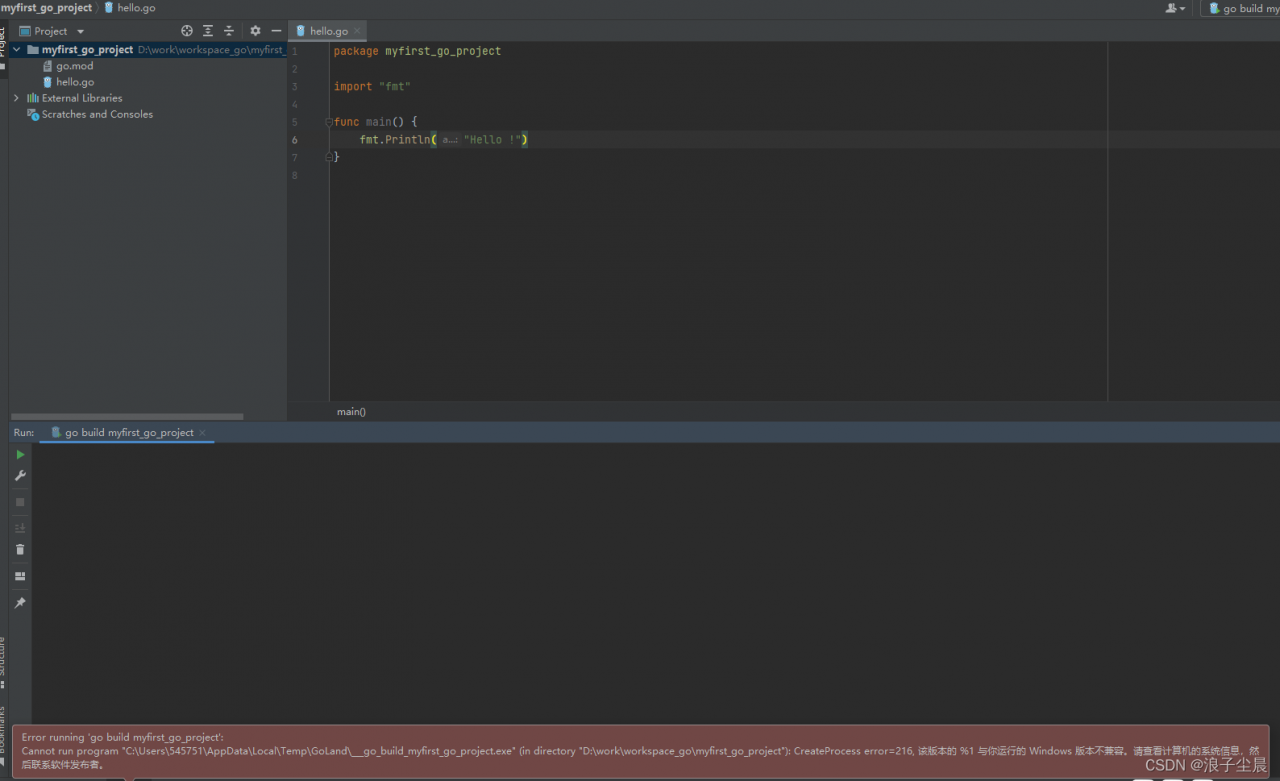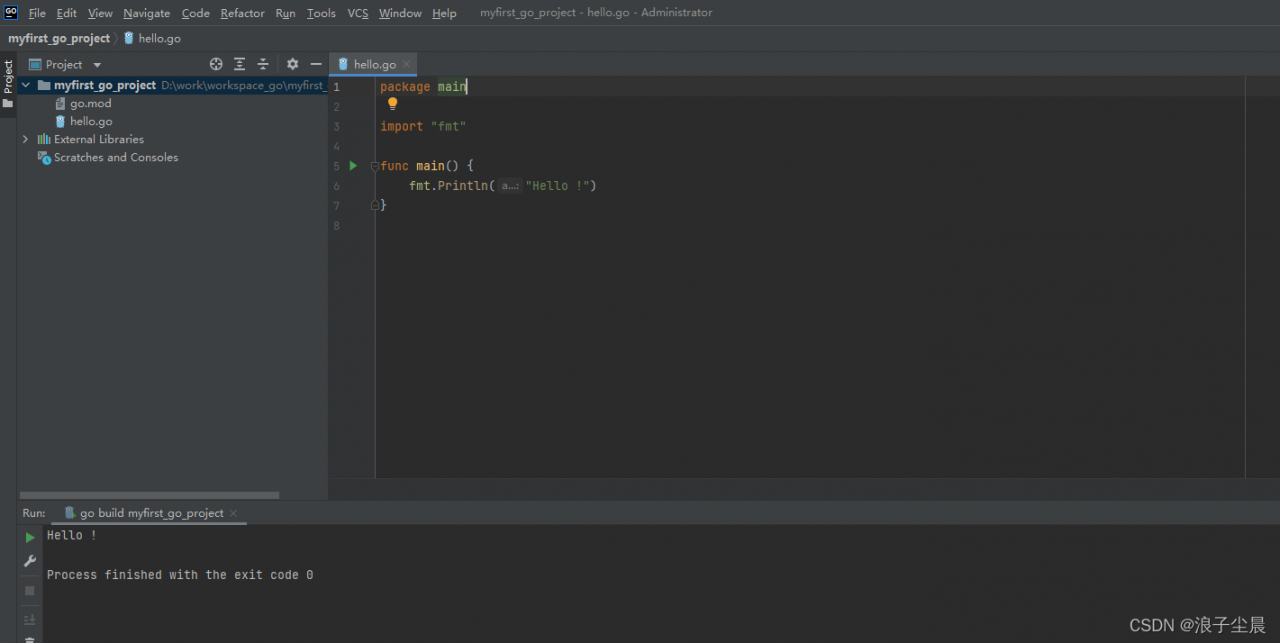Question
Log4j2 is used in the project. Due to the use of global asynchronous log printing, it is also necessary to introduce the dependency of disruptor. The version dependency of log4j2 and disruptor used last is as follows:
<dependency>
<groupId>org.apache.logging.log4j</groupId>
<artifactId>log4j-core</artifactId>
<version>2.11.1</version>
</dependency>
<!-- log4j2 AsyncLogger need disruptor-->
<dependency>
<groupId>com.lmax</groupId>
<artifactId>disruptor</artifactId>
<version>3.2.0</version>
</dependency>
At the beginning of the project (before the logger of log4j2 is used for the first time), enable global asynchronous log printing through code:
// use asyncLogger for log4j2 framework
System.setProperty("Log4jContextSelector", "org.apache.logging.log4j.core.async.AsyncLoggerContextSelector");
However, the errors reported after starting the project are as follows:
java.lang.NoSuchMethodError: com.lmax.disruptor.dsl.Disruptor.<init>(Lcom/lmax/disruptor/EventFactory;ILjava/util/concurrent/ThreadFactory;Lcom/lmax/disruptor/dsl/ProducerType;Lcom/lmax/disruptor/WaitStrategy;)V
at org.apache.logging.log4j.core.async.AsyncLoggerDisruptor.start(AsyncLoggerDisruptor.java:97)
at org.apache.logging.log4j.core.async.AsyncLoggerContext.start(AsyncLoggerContext.java:75)
at .......
Solution:
The problem is caused by the lower version of the disruptor. Just change the version to the newer version:
<dependency>
<groupId>com.lmax</groupId>
<artifactId>disruptor</artifactId>
<version>3.4.2</version>
</dependency>












